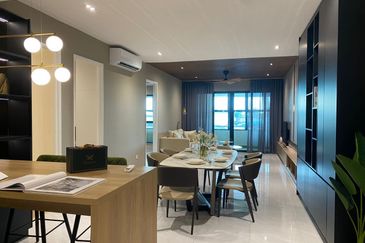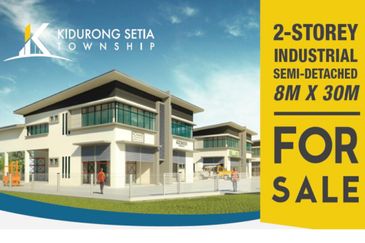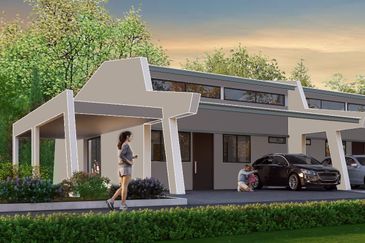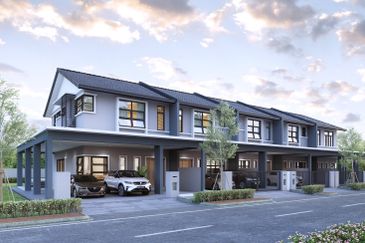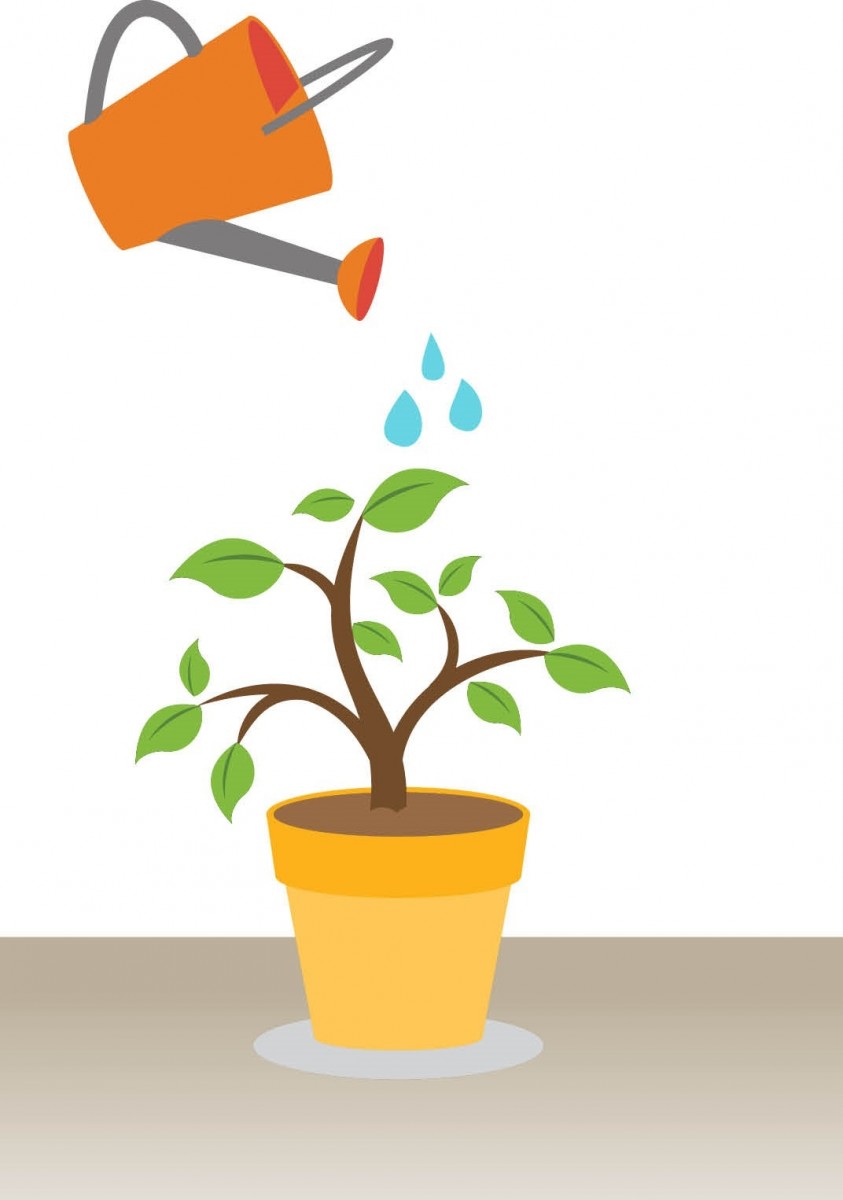
THERE are multi-functional furniture, multi-functional cookers, and all sorts of other multi-functional items being introduced into the market lately. So, why not have multi-functional plants for your garden as well?
Generally, having plants at home has several benefits, which include increasing the oxygen level indoors. It also helps to purify the air.
A study at The Royal College of Agriculture in Cirencester, England found that students demonstrate 70% greater attentiveness in classrooms that contain plants. In the same study, attendance was also higher for lectures given in classrooms with plants.
Most of all, indoor plants improve health. In a research carried out by the Texas Kansas State University, compared to patients in rooms without plants, patients in rooms with plants request less pain medication, have lower heart rates and blood pressure, experience less fatigue and anxiety, as well as recover and get discharged from hospitals sooner.
Besides all the above benefits, some home plants also have multiple abilities and functions — they repel insects, are edible, emit fragrances that could calm your mind as well beautifying a living space.
Here are five multi-functional plants to add in your home:
1. Lavender

The flowering bush with purple flowers is often commercially grown for its essential oils but many homes in the West often have a lavender bush in their gardens. Lavender will grow just about anywhere, but you have to create a micro-climate. Therefore, planting lavender outdoors is easier than indoors. If you plant it indoors, remember not to place it under direct sunlight and keep the soil moist.
Uses:
i. It is an edible herb that can be added into your favourite cup of tea or coffee, dessert and used in place of rosemary in savoury recipes.
ii. The smell of lavender has been proven in aroma therapy to help one relax and relieve tension, treat anxiety, insomnia, depression and restlessness.
iii. Do you know that just 10ml of homemade essential oil of lavender is worth RM30? A 30ml bottle of organic lavender extract is worth RM60. And do you know you only need a glass jar, vodka, and dried lavender flowers to make a glass of lavender extract?
iv. The natural fragrance from lavender can repel mosquitoes, flies, fleas and other unwelcome insects.
2. Sage

This leafy shrub may look ordinary but it is a very functional plant to have at home. It has various health and diet benefits. It grows easily indoors and does not need much water and sun light. All the plant needs is well-drained, sandy and loamy soil. The recent super food Chia seeds come from a plant that belongs to the same family as the sage.
Uses:
i. Sage has a sweet savoury flavour that goes well with tomato sauce-based foods, baked chicken or fish, as well as in salads.
ii. Sage leaf is good for soothing sore throats and digestion. Put some dried sage leaves into water and bring to a boil. Infuse for 15 minutes before serving with honey as a remedy for sore throats and upset stomachs.
iii. Burning sage is one of the oldest and purest methods of ritual cleansing both for people and space, commonly practised by the Native Americans.
3. Cestrum Nocturnum or lady of the night

Cestrum Nocturnum is also commonly called night-blooming jasmine, lady of the night and queen of the night. It is a slim and elegant plant that has sweet-smelling flowers that bloom only at night.
Uses:
i. The smell emitted by the flowers are “unpleasant” to many insects including mosquitoes.
ii. It is one of the world’s most fragrant flowers when in full bloom. The sweet smell of this plant is also a good alternative for your chemical air freshener.
iii. The Chinese belief that the leaves of this plant can relieve pain from a wound. Soak the leaves in hot boiling water, turn it into a paste and apply onto the wound.
4. Lime

Lime is one of the most common plants in Malaysian homes. The tree is often seen during the Lunar New Year as it is believed that the evergreen tree with its orange green fruit is a symbol of abundance and good fortune. It loves a warm, moist environment.
Uses:
i. Both the flesh and the skin of the lime can be eaten. The skin is often sun-dried and used in traditional Chinese medicine, preserved as a snack or added to tea.
ii. As mentioned, the green leafy tree is one of the most popular decorative plants for the Lunar New Year and one can adorn it with red packets to add to the festive spirit.
iii. The aroma of fresh lime skin could relief nausea and motion sickness. Rub the skin of the fruit with your fingers and sniff in its fresh citrus fragrance before and during a journey.
5. Pandan leaves
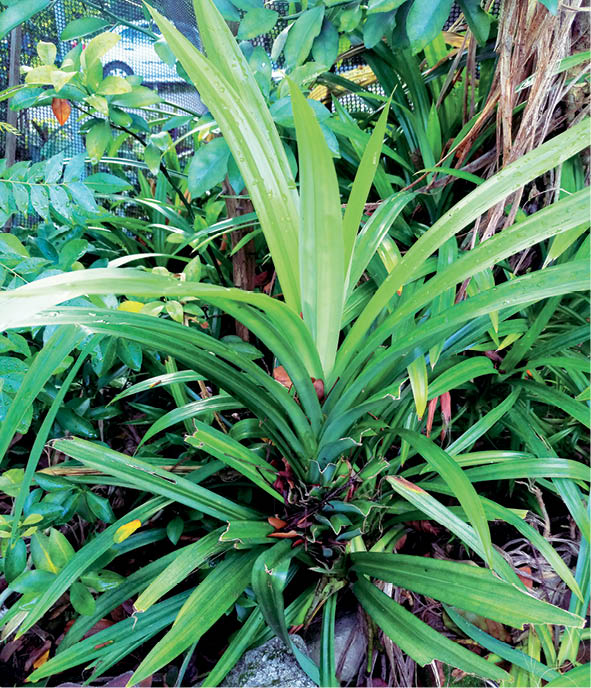
The pandan is another common plant in Malaysia. Although it is more suitable to be planted outdoors, planting them indoors is not impossible if you prune the plant to suit the size of the planter or pot it is in.
Uses:
i. Pandan leaves provide a fragrant aroma to many traditional desserts as well as savoury dishes such as nasi lemak and even chicken rice.
ii. The juice from pandan leaves is also commonly used as a natural food colouring.
iii. Besides its use as a food ingredient, pandan leaves are also used as a traditional remedy that can help eliminate dandruff problems. Pound some fresh pandan leaves until smooth and mix with some water. Apply the mixture throughout the scalp and let it stand for 30 minutes before rinsing.
iv. Pandan leaves are also often used as a natural form of cockroach and mosquito repellent. Just tie a few leaves together and place it anywhere you do not want cockroaches or mosquitoes to be. You can mix some pandan juice extract with water and spray it in areas these pests are most likely to appear.
This story first appeared in TheEdgeProperty.com pullout on March 17, 2017. Download TheEdgeProperty.com pullout here for free.
TOP PICKS BY EDGEPROP

Turf View Apartment (Mutiara Serdang)
Seri Kembangan, Selangor

Setia Indah
Setia Alam/Alam Nusantara, Selangor

Bandar Bukit Tinggi
Bandar Botanic/Bandar Bukit Tinggi, Selangor
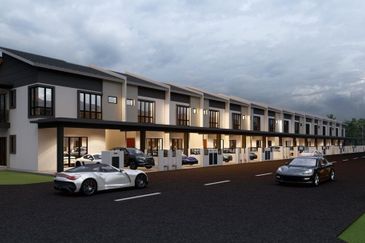
Bandar Bukit Tinggi
Bandar Botanic/Bandar Bukit Tinggi, Selangor


